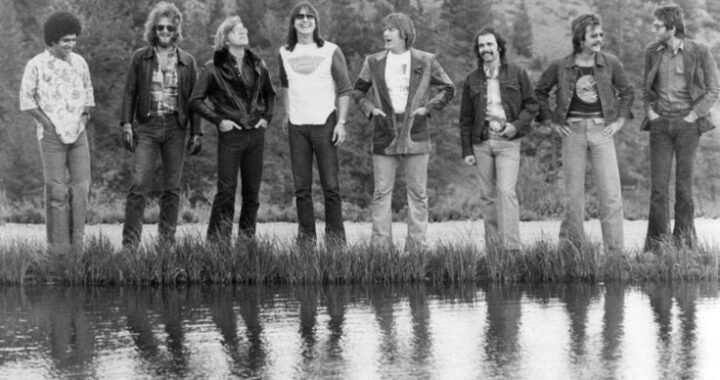Have a listen to any song and put your attention on its musical energy. You’ll probably notice that it rises and falls throughout the song. In some genres, like the various dance-related ones, musical energy may seem static, as the beat and loudness tend to remain somewhat the same.
But even in songs where beat and loudness don’t really change, you’ll find other aspects that change: lyrics that move from observational to emotional, and melodies that move up and then down.
 “The Essential Secrets of Songwriting” eBook bundle includes “Writing a Song From a Chord Progression”. Discover the secrets to writing songs that start with getting a chord progression working.
“The Essential Secrets of Songwriting” eBook bundle includes “Writing a Song From a Chord Progression”. Discover the secrets to writing songs that start with getting a chord progression working.
All of these characteristics are part of what we call tension and release, and it’s prevalent not just in musical composition, but in practically any form of creative art you can name. It’s typical for tension to increase, and then to dissipate, and it happens whether you’re talking about songwriting, poetry, choreography, or even television dramas.
You can probably identify quite a number of ways in which a songwriter builds musical energy and then allows it to diminish. When you listen carefully to any of your songs, here’s a short list of what you may notice:
- Tension and release in melodies. Melodies that are high in the singer’s voice usually sound more intense. It’s why you’ll probably notice that your verse melody sits lower in pitch, generally, than the chorus melody, where we like to hear more emotional intensity. At the end of the chorus, it circles back to the next verse, moving lower, and that’s the release.
- Tension and release in chord progressions. Most songs are in a key, where the chord representing the key is called the tonic. Many songs will start on the tonic chord (a kind of representation of “home”), and then start to wander away from the tonic. That wandering away creates a kind of tension, where we find ourselves wanting to hear that tonic again. When the tonic chord returns, that’s the release.
- Tension and release in lyrics. Not only are choruses more emotionally intense than verses, but there’s also verse tension that’s created by the fact that verses tend to pose questions (usually figuratively), and present situations that are not resolved. The chorus is where those situations are more fully explained or resolved, and that’s the release. In songs that have a bridge section, the bridge will sometimes have the greater responsibility of explaining everything to the listener, so in some songs, true release will happen in that section.
- Tension and release in instrumentation. In many songs, the instrumentation will sound full and complete in the introduction, then reduce for the verse, and you won’t hear that full instrumentation again until the chorus. Once the full instrumentation is established in the intro, the dropping back to something smaller is a kind of tension, as we know that the full band will be returning, probably in the chorus. Chicago’s “Call On Me” (Lee Loughnane) is a great example of this, which starts with a really great, full intro, dropping back for the verse, and then building up in the chorus.
Tension and release is a major part of what keeps your audience listening to your songs. Most of the time, tension and release happens instinctively as you write; you don’t normally have to think a lot about it.
But from time to time, particularly if you notice that your song seems to be lacking energy or intensity, it’s a good idea to examine it for the presence or absence of tension and release. It’s not enough to simply bump up the intensity. Most good songs need to have moments where that intensity is allowed to diminish, and that’s usually the key ingredient to keeping people listening.
 Written by Gary Ewer. Follow Gary on Twitter.
Written by Gary Ewer. Follow Gary on Twitter.
 With “The Essential Secrets of Songwriting” eBooks, thousands of songwriters have been discovering the secrets of how good songwriting works, and putting those principles to use in their own songs. A little bit of knowledge goes a long way! Get the 10-eBook Bundle, and take your songwriting to a new level of excellence.
With “The Essential Secrets of Songwriting” eBooks, thousands of songwriters have been discovering the secrets of how good songwriting works, and putting those principles to use in their own songs. A little bit of knowledge goes a long way! Get the 10-eBook Bundle, and take your songwriting to a new level of excellence.










